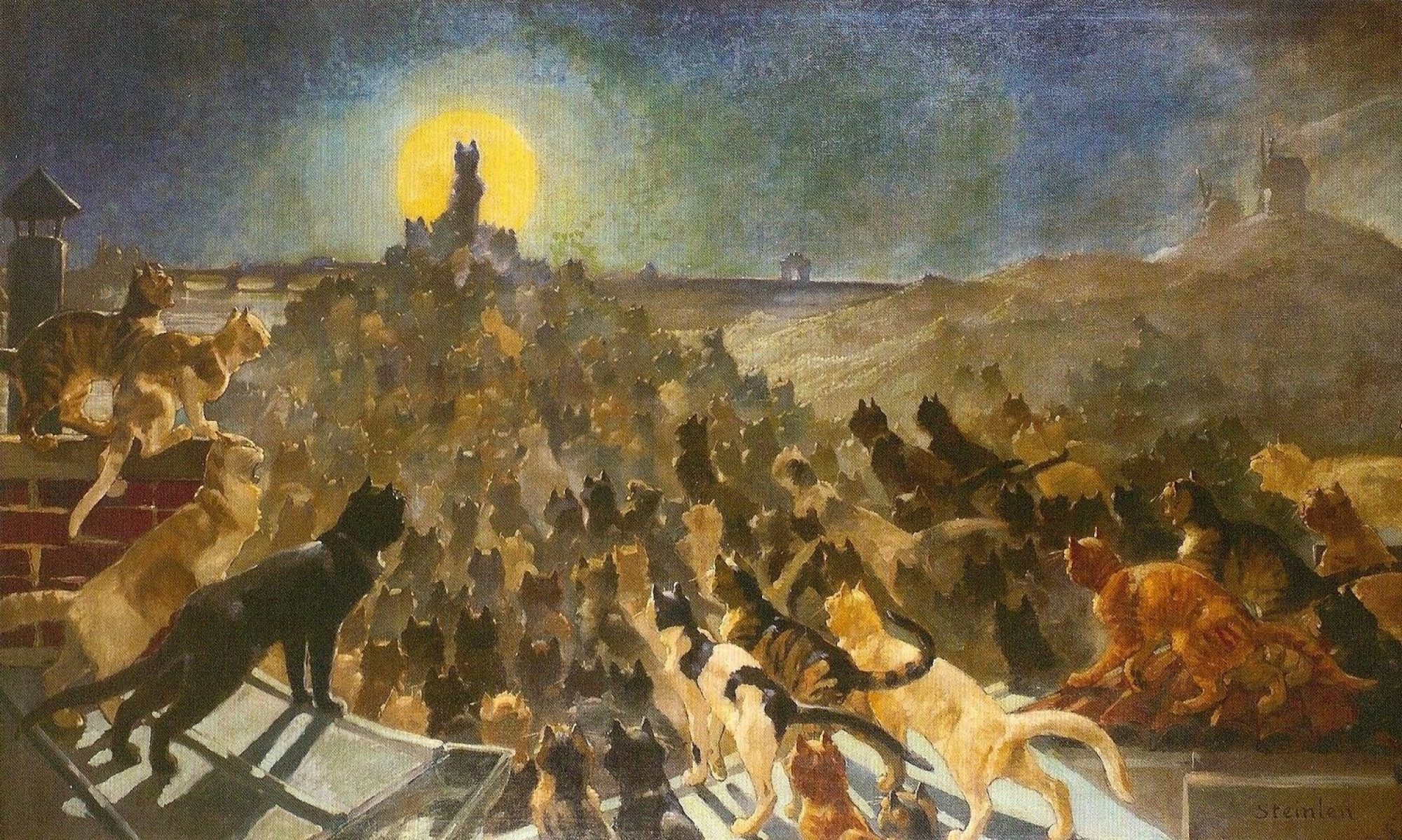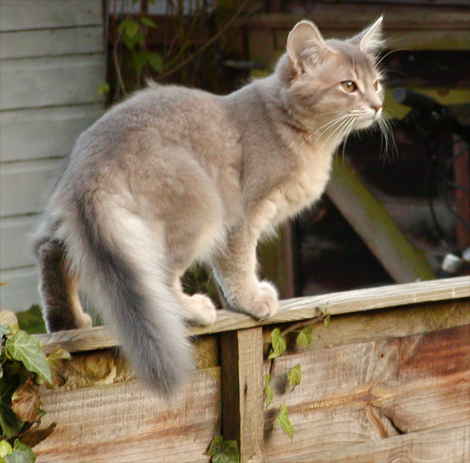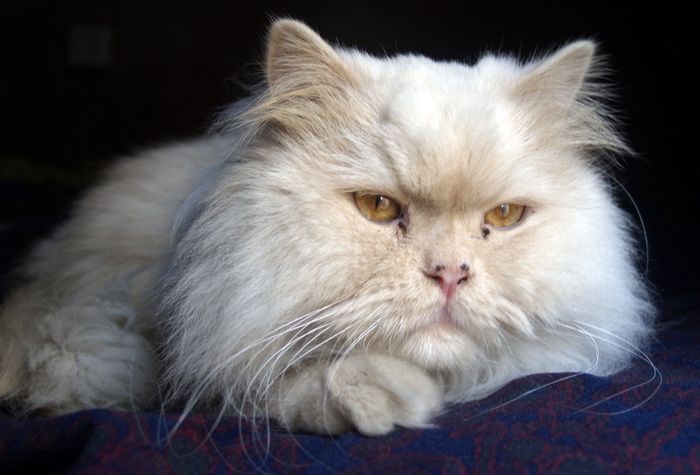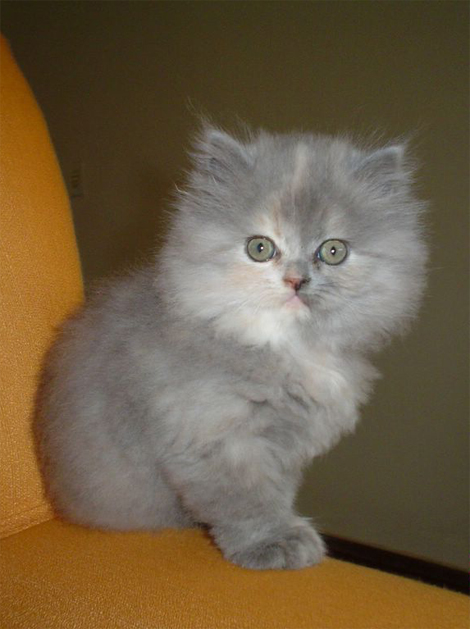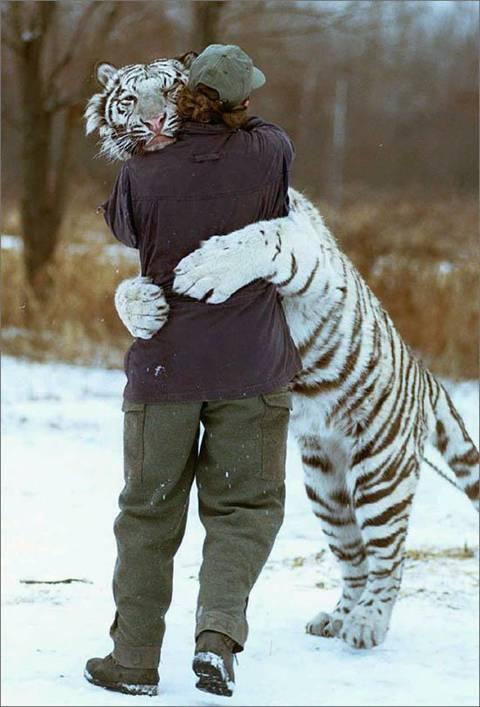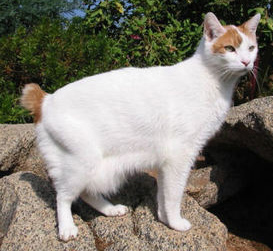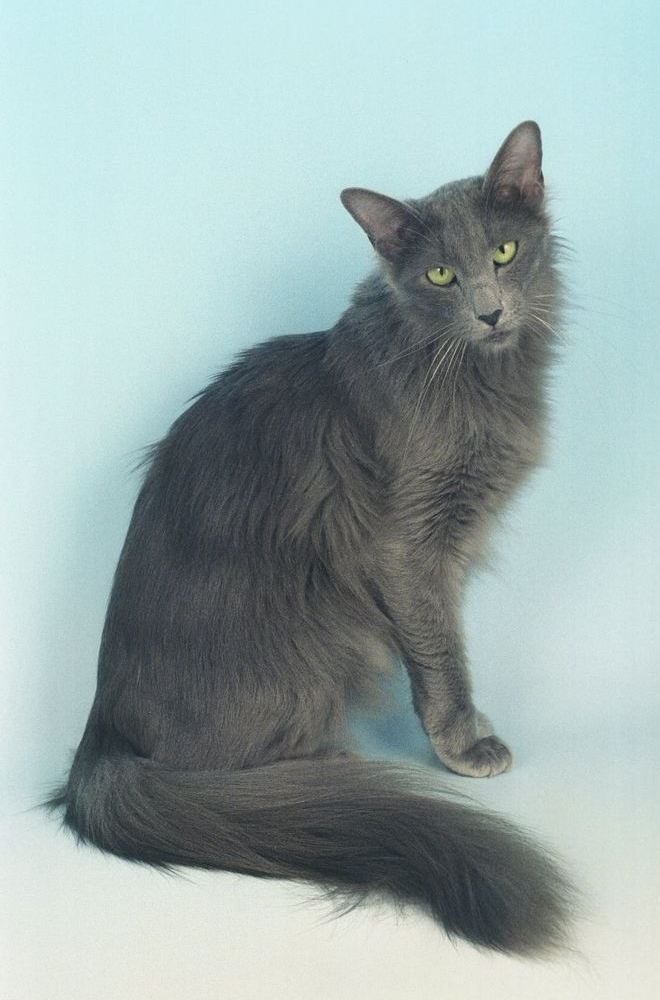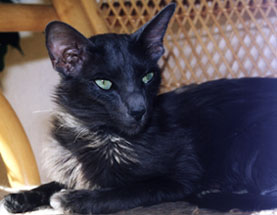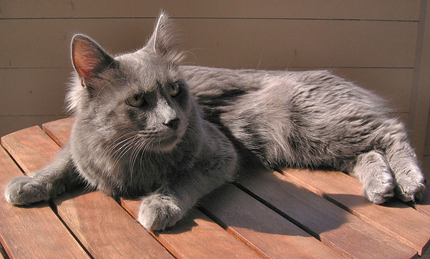Just got a new moggy for Christmas?
Well then, congratulations on your new companion!
This article is for first time cat owners, so if you’re a moggy veteran then you may find you know most of this already. Still I picked up an idea or two? [Ed.]
To be at their best, cats have some basic needs; providing for them will help ensure your cats long-term health and welfare. If these needs are not met, your cat may feel stressed, which can affect both his/her health and behaviour.
Cats seem to prefer having their own space, to feel like they are ‘in control’ of their surroundings, and to choose the changes they want to make. To help you ‘get off on the right foot’ with your new cat, we have provided descriptions of what an ‘ideal’ house might include. Your cat might not need all these features to get along, but making your house more cat friendly will ensure that you and your new cat enjoy each other’s company for years to come.
Cats can be quite social with other pets and people, just as long as they can control when and where the socializing happens! To understand your home from your new cats point of view, it might help to think of an honored guest arriving from an exotic foreign land. Providing a room or other space she can call her own, complete with food and water, a bed (a cat carrier with a soft pad inside is a good choice), a litter box, a scratching and/or climbing post, a window to look out of, and some toys is ideal. And just as our dining table isn’t near the bathroom or bedroom, the food and water bowls and bed should be placed away from the litter box. Give your cat a few days to get used to these surroundings, and to get the sense that this space is a safe haven. You can spend some time alone with her in the room so you can get to know each other, and so you can provide profuse praise for using the toys, litter box, and scratching post.
Your cats basic needs include:
- 1. Some ‘personal space’.
- 2. A bed.
- 3. Food and water bowls.
- 4. A Litter box.
- 5. A scratching/climbing post.
- 6. Toys.
Toys can be as simple as crumpled paper balls, paper bags to explore, cardboard boxes, or a toilet paper tube. Please don’t use string, foil or buttons, as they can present hazards.
If you don’t know already then it would be good to appreciate that cats do not respond to force. Reprimands only work if you catch your cat ‘in the act’. Punishment that follows an action by more than a few seconds won’t stop him from doing it again, and may even cause him to be afraid of you or the surroundings. It may even cause him to try to defend him/her self (those teeth and claws are there for a reason!)
If you do catch you cat making a mistake, it is better for both of you to create a distraction by making a loud noise or throwing something (NOT at the cat!) that will attract its attention, but not toward you. If the cat associates the distraction as coming from you she’ll just learn to do it when you’re not around. As soon as the cat is distracted, you can take her to a location where the behavior is ‘ok’, and praise her for doing it there. As with all honored guests, cats do respond to praise for good ‘actions/deeds’ such as this.
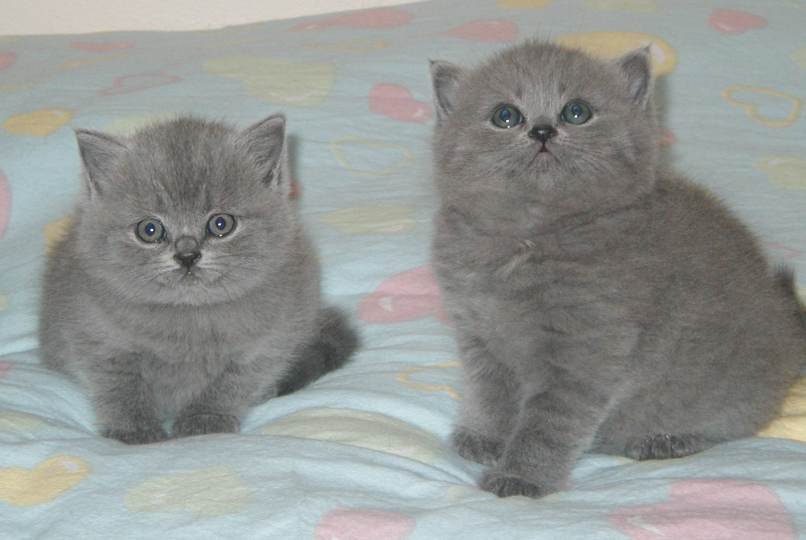
So to state the case: ‘Cats respond to praise/redirection; they DON’T respond to force.
Once comfortable with the new space, the cat can be offered the opportunity to introduce herself to the rest of the house and its occupants. Remember, guests often prefer
to get acquainted on their terms, so don’t rush this. When ready, they’ll become a part of the household. When this happens, another set of food and water bowls, litter box, and scratching/climbing post can be put elsewhere in the house. If the cat shows a preference for these, the ones in her room can be removed (litter box last!), although her bed should be left there for her continued use as a “retreat”. Place the food and water bowls, and the litter box, in convenient (separate) locations that still give the cat some privacy while eating, drinking or ‘going to the bathroom’. They should be placed away from appliances and air ducts that could come on unexpectedly, and located such that another animal (or human!) cannot sneak up on the cat while she uses them. To keep them appealing to the cat, food and water should be fresh, and the litter box ‘scooped’ every day.
If you do want to offer a new type of food or litter, put it in a separate container next to the familiar one so the cat can decide whether or not to change.
Location matters! Placing your cat’s food, water and litter in convenient, quiet locations will make them more attractive to her! Giving the cat something to scratch will help ensure that she can do her thing without damaging your things. Try to choose something that has a texture and position (flat or upright) similar to the cat’s initial targets. If your cat stretches up to scratch, provide something that is about the same height. Put the object close to where you’ve seen the cat scratch, and be sure it is secure so she won’t be startled by it moving unexpectedly. Just as you’ll expect by now, praising her profusely when you see her use it will let her know that this is hers to use.
Providing places to climb and look out of windows are important to keep indoor cats healthy and happy. Putting catnip or the cat’s scent on the scratching/climbing post can also make it more attractive.
Be sure to see your veterinarian regularly. In addition to providing preventative health care through regular checkups, they also can help you troubleshoot any ‘issues’ before they become problems.
These suggestions are only intended to get you off to a good start. More information is available from your veterinarian, pet food company ‘kitten care’ kits and web sites (such as this one). You also can go to the indoor cat initiative website at https://www.nssvet.org/ici/index.html for more information and links to other aspects of cat care.
Suggestions courtesy of The Ohio State University Veterinary Hospital with modifications by the Ed.
